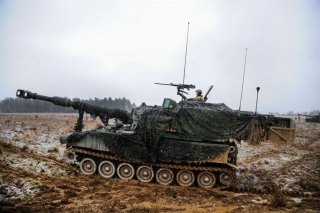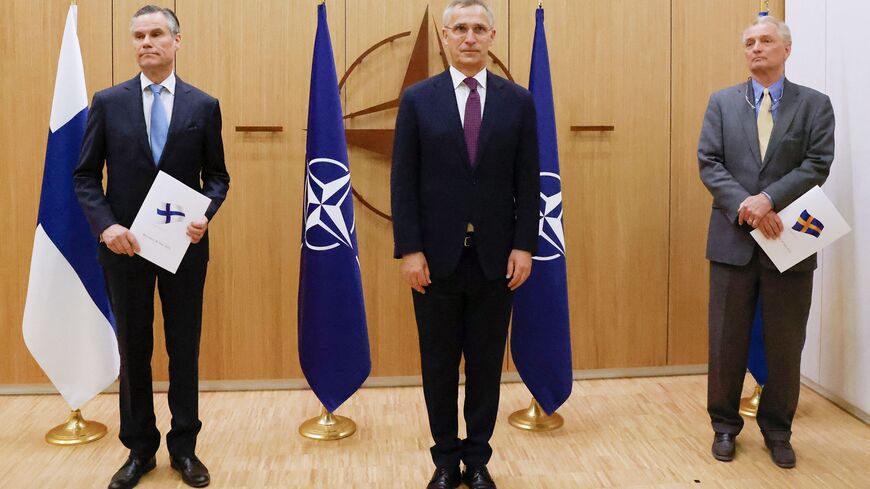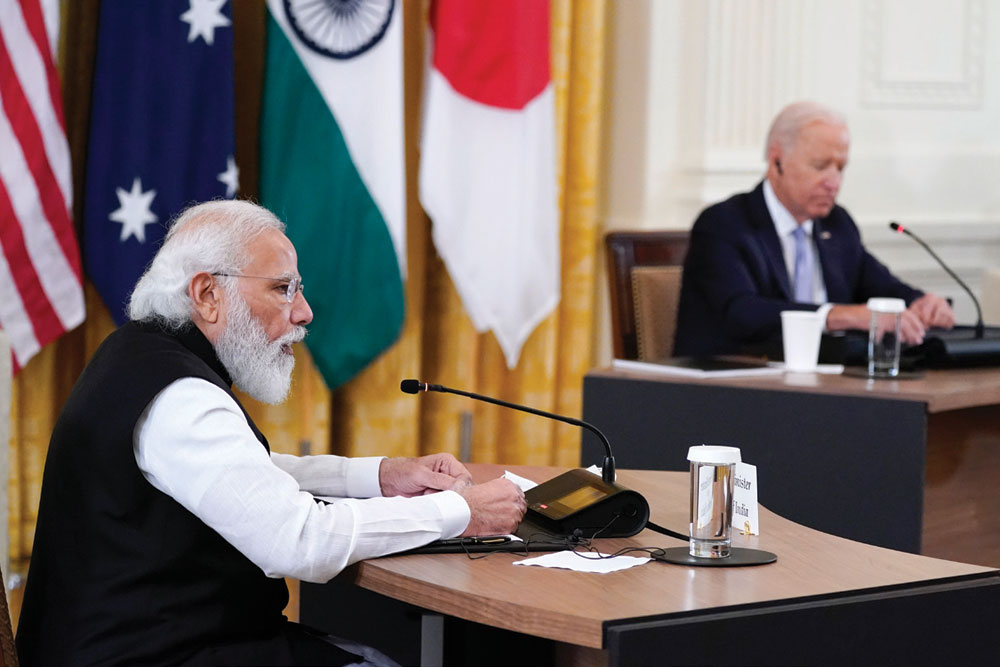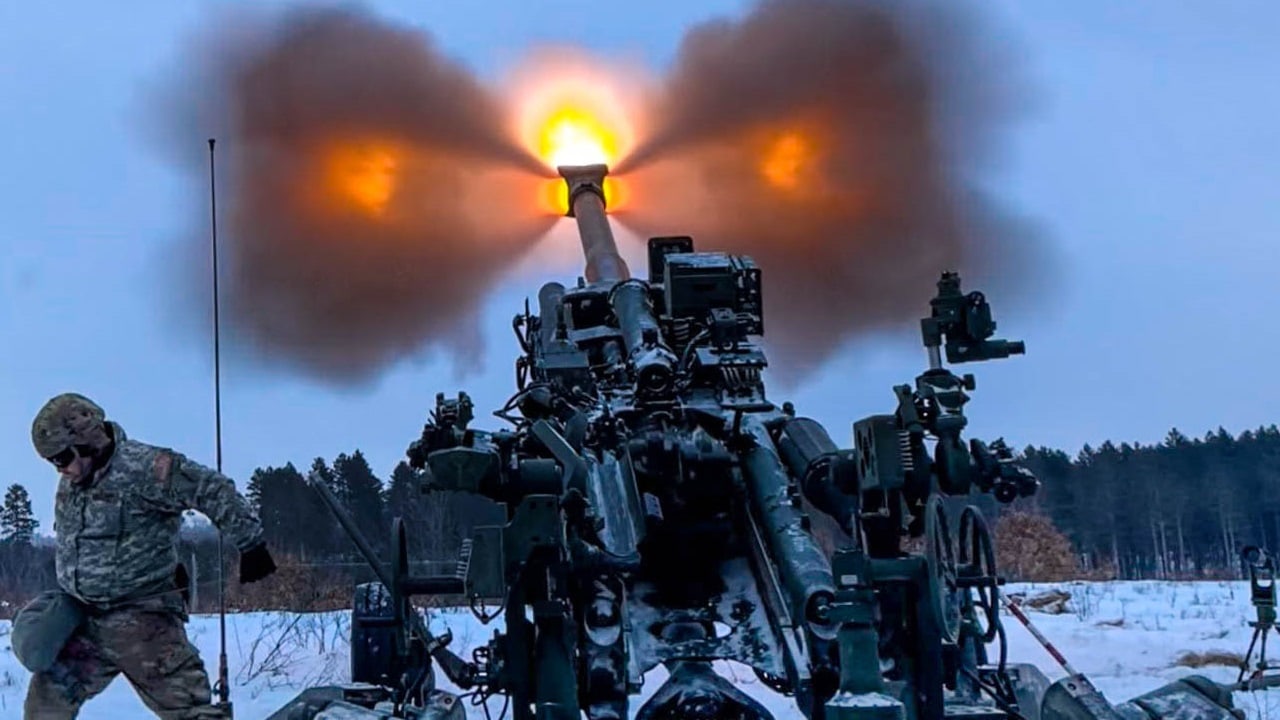Kris Osborn

ABERDEEN PROVING GROUND, MD—In the future, warfare is likely to involve a dangerous and unpredictable mixture of air, sea, land, space, and cyber operations, creating a complex, interwoven set of variables likely to confuse even the most elite commanders.
This anticipated “mix” is a key reason why futurists and weapons developers are working to quickly develop cutting-edge applications of artificial intelligence (AI), so that vast and seemingly incomprehensible pools of data can be gathered, organized, analyzed, and transmitted in real-time to human decisionmakers. In this respect, advanced algorithms can increasingly “bounce” incoming sensor and battlefield information off of a seemingly limitless database to draw comparisons, solve problems and make critical, time-sensitive decisions for human commanders.
Many procedural tasks, such as finding moments of combat relevance amid hours of video feeds or surveillance data, can be performed exponentially faster by AI-enabled computers. At the same time, there are certainly many traits and abilities that are unique to human cognition. This apparent dichotomy is perhaps why the Pentagon is fast pursuing an integrated approach, combining human faculties with advanced AI-enabled computer algorithms.














:quality(100)/cloudfront-us-east-1.images.arcpublishing.com/thesummit/VGYC7QDUMBFDXNOF7VXHAUYBLU.jpg)


